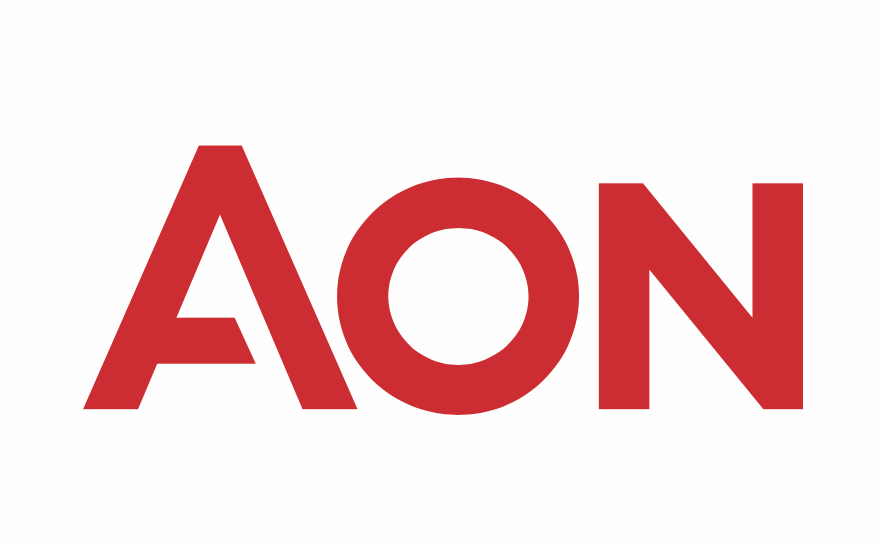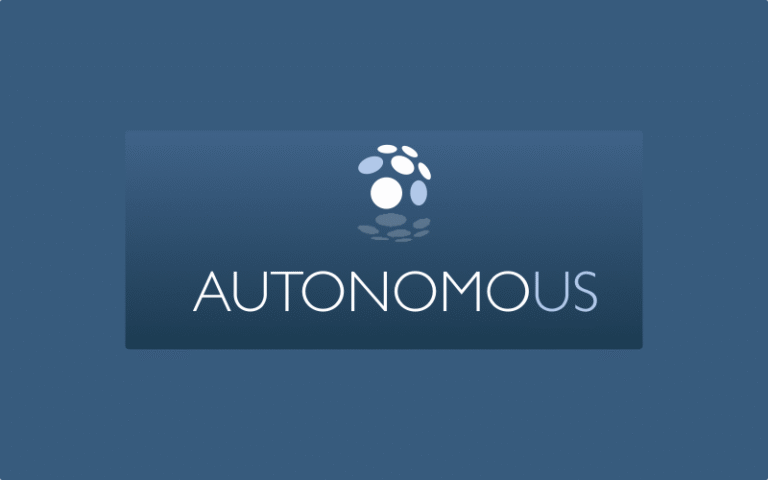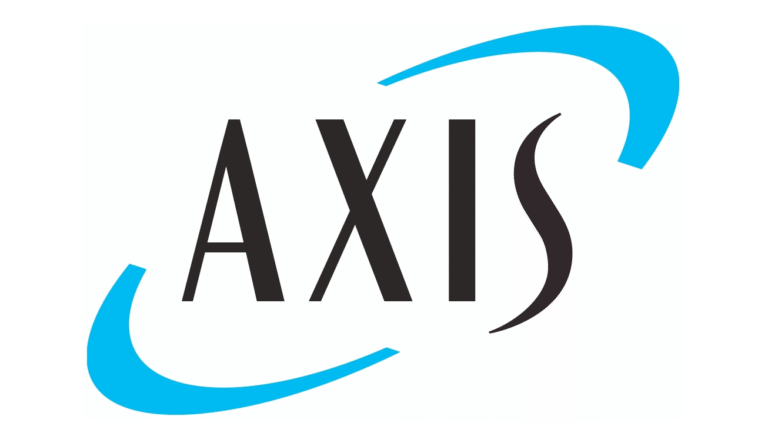
Aon plc, a professional services firm providing risk, retirement and health solutions, has released the 2025 edition of its Global Risk Management Survey.

This year’s findings highlight a major shift: for the first time, geopolitical volatility has entered the top ten global business risks, reflecting widespread unease about instability across markets, trade relations and regulatory environments.
The survey draws on responses from nearly 3,000 executives and risk professionals in 63 countries. Geopolitical volatility rose 12 places since the 2023 survey, demonstrating how much disruption in global affairs is influencing corporate strategy and financial performance.
Yet despite its prominence, Aon found that most organisations are not well prepared. Only 14 percent of respondents track their exposure to the top ten risks identified, and just 19 percent use analytics to measure the effectiveness of their insurance programs. Aon argues that this gap underscores the urgency for organisations to replace reactive approaches with more proactive, integrated risk management.
Joe Peiser, CEO of Commercial Risk at Aon, noted, “The dramatic rise of trade and geopolitical risk in our rankings highlights a new reality – global volatility and uncertainty are now constants in business. These forces have tangible consequences for clients’ balance sheets. From new tariffs to shifting alliances, businesses must recognise that volatility is here to stay—treating risk as a strategic advantage means embedding real-time analytics, scenario planning, and systemic thinking into every function to transform resilience from a siloed response into an enterprise-wide capability.”
Cybersecurity once again emerged as the most pressing concern in Aon’s global rankings. “The scale and complexity of cyber risk today is unlike anything we’ve seen before,” added Brent Rieth, Global Cyber Leader for Aon. “Our clients are increasingly using AI both defensively and offensively, to enhance resilience and unlock growth. The key is embedding cyber into board-level strategy, investing in quantification and viewing resilience as a competitive differentiator.”
While cyber has remained in the number one position for current and future risks, Aon noted that only 13 percent of organisations have quantified their cyber exposure, contributing to widespread underinsurance and significant financial vulnerability.
One striking development in the 2025 report is the decline of workforce-related concerns in the overall rankings. In 2023, the risk of failing to attract or retain talent was ranked fourth globally, but this year it has fallen out of the top ten. Aon cautioned against interpreting this as a reduction in importance.
Lisa Stevens, Chief Administrative Officer for Aon, explained, “It’s worrying to see workforce risks slip down the rankings when Human Capital challenges remain deeply connected to every aspect of business resilience. When you look at the top ten risks in this year’s survey – cyber threats, supply chain disruptions, geopolitical volatility – they all have a direct impact on the workforce. Treating these risks as isolated issues is risk itself.”
She added, “As AI transforms how and where people work, Human Capital strategies become even more critical. Leaders need to invest in analytics, personalisation and skills development to keep their workforce agile and resilient in the face of rapid change and increasing volatility.”
Looking to the future, Aon asked participants to identify which risks they believe will be most critical by 2028. Cyber risk remains at the top of the list, but artificial intelligence and climate change appear for the first time in the top ten, highlighting how quickly emerging forces are reshaping the risk landscape.
Richard Waterer, Global Risk Consulting Leader for Aon, observed, “What’s striking about this year’s future risk rankings is how quickly new forces like AI and climate move to the forefront. These risks don’t just add complexity; they fundamentally change how organisations need to think about resilience. The convergence of technology, geopolitics and environmental pressures means leaders must anticipate how these megatrends interact and build strategies that are flexible enough to adapt to whatever comes next.”
According to Aon, the 2025 results reflect a new era of interconnected risks, where technology, climate pressures, trade disruptions and workforce changes combine to shape organisational resilience.
The company emphasises that risks once managed in isolation now overlap and compound across multiple areas of business.
Aon concludes that success will depend on embedding resilience across the enterprise, breaking down silos and viewing risk management not just as protection but as a source of competitive advantage.





